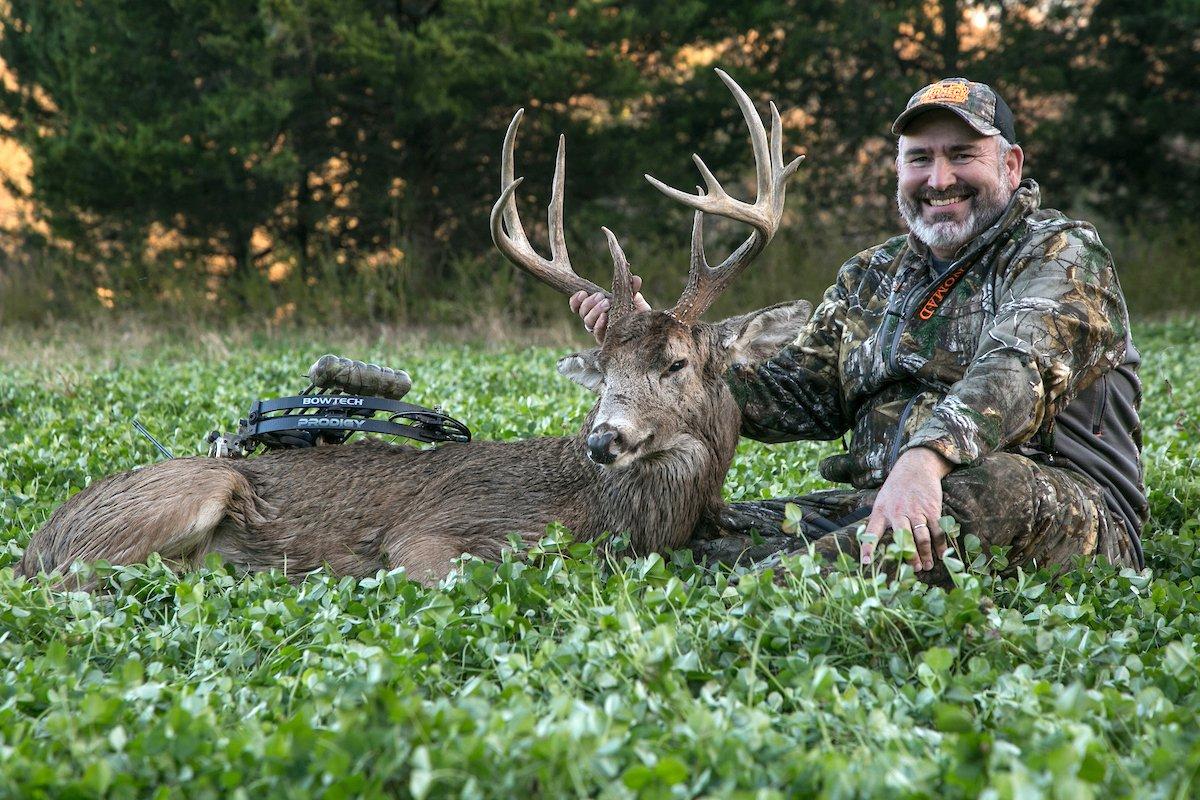Do You Use These Camera Tricks and Tactics?
A good hunt is an event to remember and cherish — whether you get a shot at a trophy animal or not. With a wide assortment of quality digital cameras available in virtually every price range, there's simply no excuse for not capturing and saving some of those hunting memories. Here are 15 ways to take better photos in the field:
1. Take Advantage of Good Light
Good light equals great photos. The best light of the day usually occurs the first hour or so in the morning and the last hour before sunset. Try to take your pictures then. Waiting a couple hours to take your trophy images in the warm light of evening can make a huge difference. If the sky is overcast, the light will be largely shadow-free and great for photography all day long.
2. Edit at Home
Don't waste a lot for time editing pictures as you shoot them. Load your camera with the biggest memory card you can afford and shoot, shoot and shoot some more. There will be plenty of time to edit the stuff when you get home.
3. Turn the Camera
Shoot both vertical and horizontal photos. Turn your camera 90 degrees for an entirely different perspective.
4. Clean Up
Wipe off as much blood from antlers, carcasses and hunting garments as possible. Pre-packed wet wipes work well for simple field clean ups. If you have access to a hose, wash down a bloody carcass. It will dry in a few minutes and look much better in your photographs. Some pro hunters even carry a clean set of garments in their vehicle, just in case they have an opportunity to model with a trophy buck.
5. Be Prepared
Keep your camera with you at all times. You'll miss a million photo opportunities if you leave it in the truck. Your camera will be just fine tucked in a vest pocket or in your coat, and it will be within reach when you need it.
6. Move It
Make photographing trophies a moving experience. Seek out a photogenic spot that offers a great background and good light to make your pictures, then move the hunter and the prize buck there for the shoot.
7. Use Your On-Camera Flash

8. Capture Some Action
Everybody takes the standard grip-and-grin shots with a trophy. Keep your eyes peeled and camera ready as the crew interacts with each other and as they drag the buck toward the truck. Some memorable candid images will develop.
9. Zoom In
This is one mistake many beginning photographers make. Fill the frame by zooming in, or, better yet, standing closer to capture details and emotion.
10. Position Hunters for Scale
The hero should be directly on the ground behind a trophy for better scale and less dead space. Look at trophy images done by professionals in magazines and on the web. The ones with the hunter low to the ground are best.
11. Be a Reporter
The actual kill is a small part of why you hunt. Reflect that in your pictures. Capture landscapes, weather conditions, human interactions and other factors that keep us going back to the woods.
12. Make a List
Write down a list of images you'd like to make. If you don't put it on paper, you'll likely forget. Does your buddy have a unique treestand setup? Make it a point to make an image. Does your friend's bird dog have tons of character? Block out time to get some shots.
13. Carry Your Camera on Scouting Trips
Shoot the things you find — trails, tracks, rubs and scrapes. It's good practice, and you'll have a nice digital journal to reference later.
14. Put the Word Out
Tell your hunting pals you want to photograph their trophies. Not only will you be first in line for great images, you'll get the inside scoop on the kill.
15. Weather the Storm
Don't leave your camera behind just because the weather is nasty. There are great images to be had in the rain and snow, and a zip-lock sandwich bag is all the extra protection your camera needs.
Editor's Note: This was originally published on September 27, 2010.
Are you a big game hunter wanting to learn how to accomplish your goals? Check out our stories, videos and hard-hitting how-to's on big game hunting.







